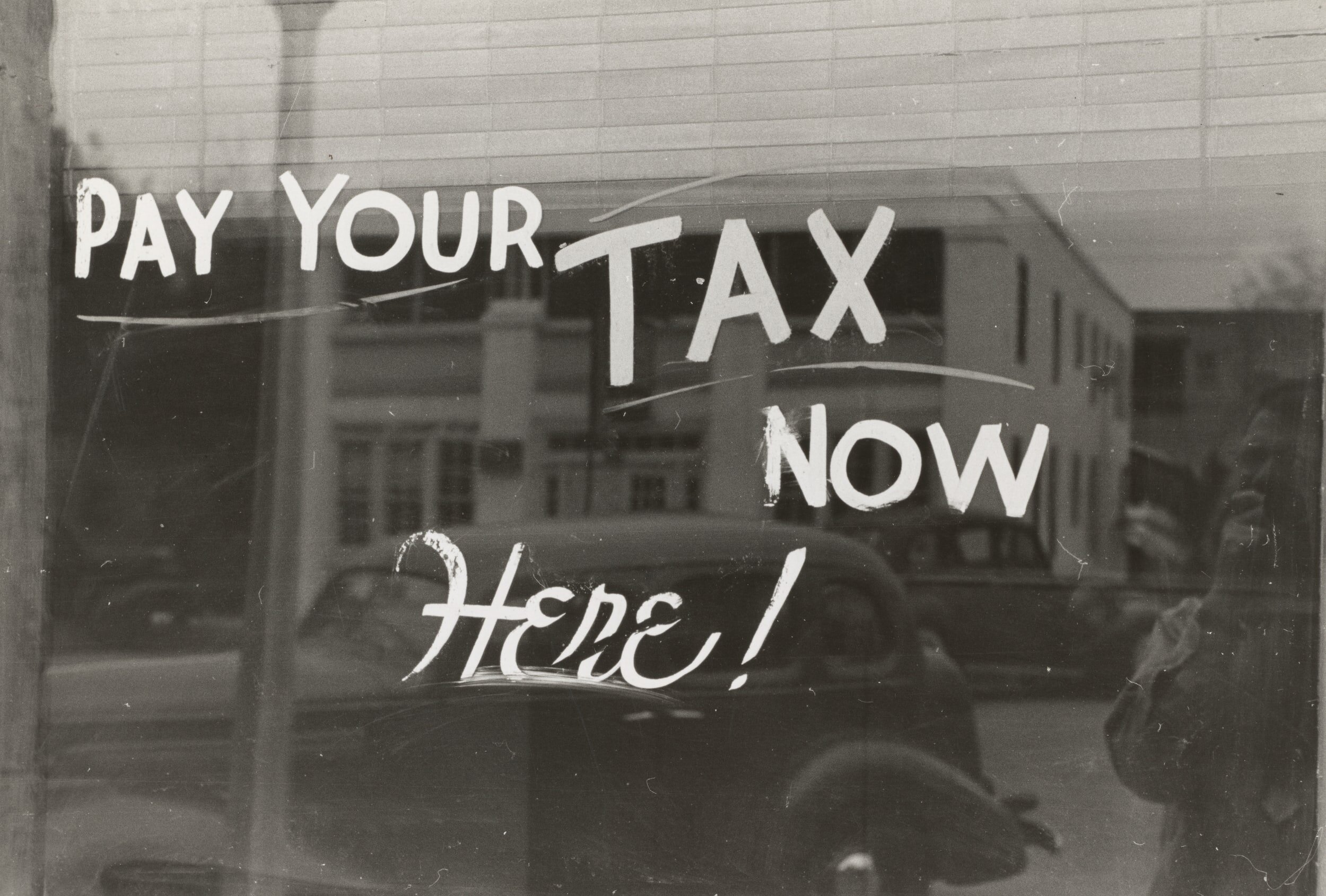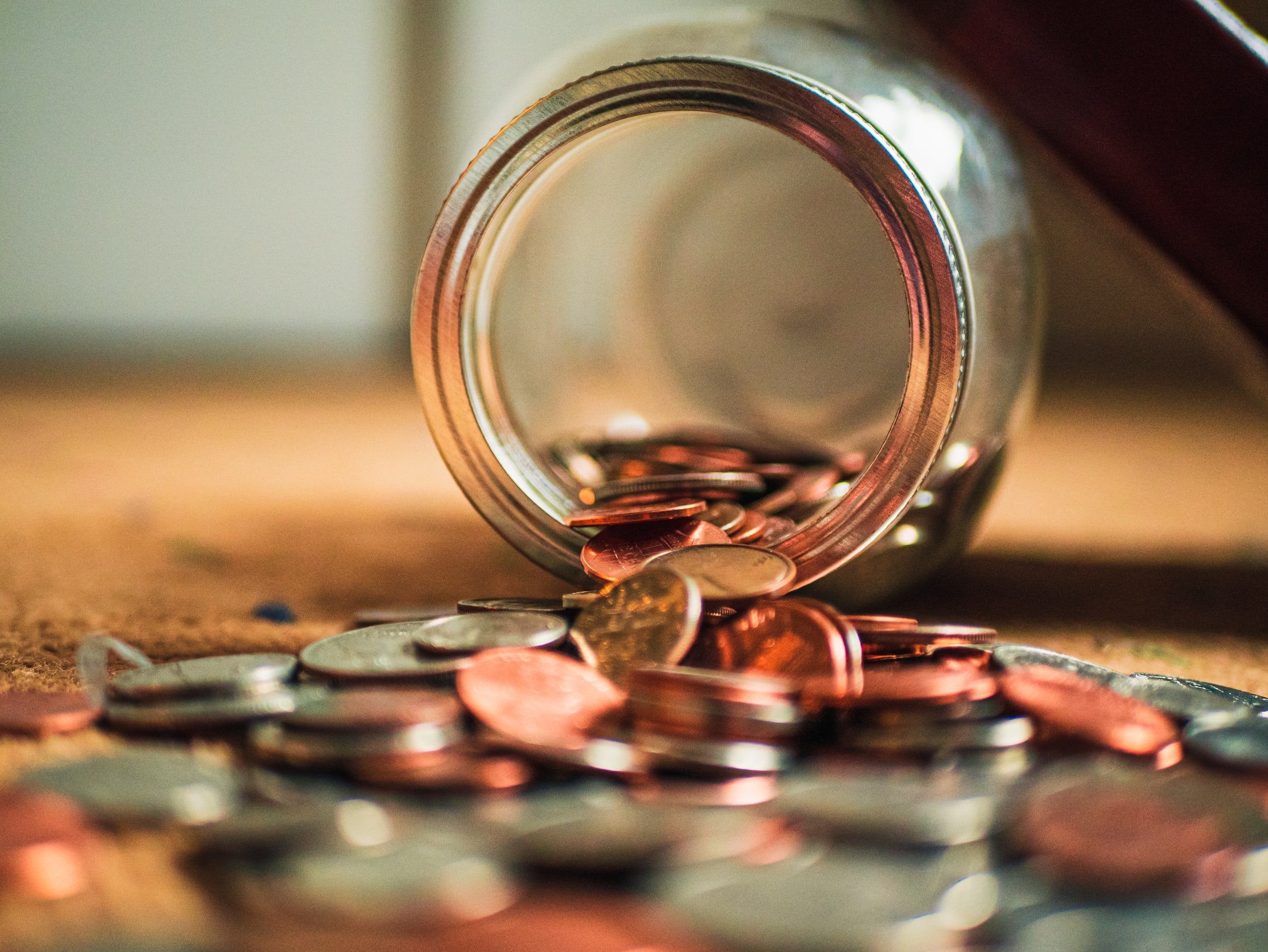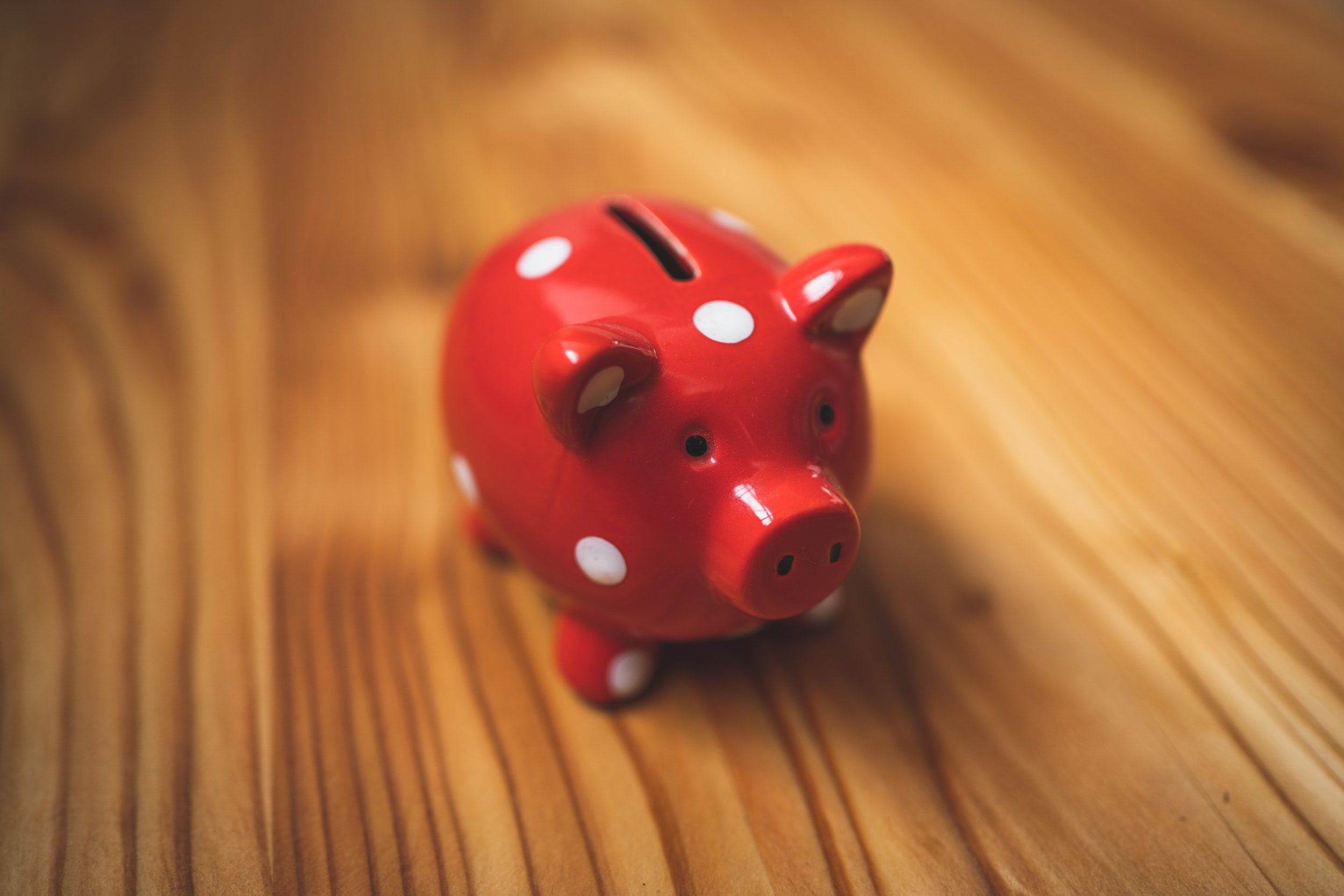7 Lesser Know Facts About RRSPs
It is the time of year when everyone adult Canadian should be thinking about investing into their registered retirement savings plan (RRSP) prior to the deadline of March 1st. Many of you might think that you are young and have time or conversely that you are older and it’s too late. The truth is that it is never too early or late to start a RRSP. You simply need to set a goal and start doing it.
The great benefit of investing in RRSPs, which is the single best tax optimization strategy available to all Canadians, is that it reduces the amount of income taxes that you will have to pay. The tax savings is based on your marginal tax rate. Since everyone’s income is allocated to different tax brackets as your income increases, the marginal tax rate represents the highest tax bracket which applies to the top portion of your income.
There are numerous articles and resources on starting and investing your RRSPs available with a simple internet search. In this article I would like to highlight some lesser known RRSP facts:
Higher income results in a higher tax deduction
There is no bad time to start investing in an RRSP which is ideally as early as possible. It is, however, important to understand that the tax deduction that you receive at higher levels of income is greater than when you are earning less. This is due to the concept of marginal tax rates. Your income is allocated to different tax brackets depending on how much you earn. So each individual’s income can be allocated to between 1 and 5 tax brackets, each of which have increasing tax rates. This is represented in the table below (from CRA’s website - note that this does not take provincial taxes into account):
15% on the first $50,197 of taxable income, plus
20.5% on the next $50,195 of taxable income (on the portion of taxable income over 50,197 up to $100,392), plus
26% on the next $55,233 of taxable income (on the portion of taxable income over $100,392 up to $155,625), plus
29% on the next $66,083 of taxable income (on the portion of taxable income over 155,625 up to $221,708), plus
33% of taxable income over $221,708
This means that if you earn over $221,708, then the RRSP contribution will result in a 33% tax savings due to a reduction to your taxable income from the top down, while if you earn under $50,000 the tax reduction will only be 15%.
The fact that an RRSP contribution is more valuable at higher levels of income is something to keep in mind , especially if you expect your income to increase in the future. Instead of investing in RRSPs, it might make more sense to invest in TFSAs which don’t result in an immediate tax deduction but in which all gains accumulate tax free.
Borrow from your RRSP to buy (or Build) a home
Once you have funds in an RRSP, you are allowed to borrow up to $35,000 without incurring any immediate tax to fund an investment in a new home, that can either be bought or built. The RRSP Home Buyer’s Plan (HBP)only applies to what CRA refers to as a first time home buyers which is defined as:
You are considered a first-time home buyer if, in the four year period, you did not occupy a home that you owned, or one that your current spouse or common-law partner owned.
This means that if you have purchased a home in the past, you would still qualify for the Home Buyer’s Plan as long as it was over 4 years ago.
You can then repay the RRSP borrowed over a 15 year period by investing in RRSPs that will be used to offset the repayment. If you do not invest in RRSPs then 1/15th of the amount will be automatically added to your income, each year, for the next 15 years.
It should also be noted that you must intend to live in the home as your principal residence within one year of purchasing it.
Finally, even if you have previously participated in an HBP, you may do so again assuming you meet all the other criteria AND the balance owing on the previous HBP is $0.
Additional details on this can be found on CRA’s website here.
If you are separating or divorced you could qualify for the HBP even if you don’t meet the first time home buyer definition
You can use the HBP even you do not meet the first-time home buyer requirement, due to a breakdown of your marriage/common law partnership as long as live separately from your spouse for at least 90 days.
One of the requirements to quality is that you have to dispose of their previous principal place of residence within two years after the end of the year in which the HBP withdrawal is made. Alternatively, you can also buy the share of your existing residence that you shared with your former spouse. The requirement to dispose of the previous principal place of residence will be waived if you buy out the share of the residence owned by your spouse or common-law partner.
This measure applies to HBP withdrawals made after 2019. and requires that your outstanding HBP balance must be $0 in the year in which you make an HBP withdrawal.
Borrow from an RRSP to finance full time Education
Under the Lifelong Learning Plan (LLP) anyone can withdraw up to a total of $20,000 from their RRSPs to finance a full time training or education for you OR your spouse (not your children, unfortunately). The maximum that you can withdraw in one year is $10,000 and you have up to 4 years from starting the program to withdraw the full $20,000.
In order to qualify, you must be enrolled in a full time program in qualifying education institution. (if you do decide to pursue this program, your educational institution should be able to advise you if they qualify).
Once withdrawn, the repayment (similar to the HBP) is then prorated over 10 years. You can either contribute to your RRSP to offset the repayment or it will be added to your income.
Additional details can be found here.
Early Withdrawal Results in Permanent Loss of Contribution Room
Most RRSPs, unless they are locked-in, allow you to make withdrawals at any time. If you do decide to make a withdrawal, tax will be deducted immediately at a rate of anywhere between 10% and 30% depending on the amount withdraw and you will only receive the amount net of tax. Note that this tax deduction is simply an estimate. The final amount of tax that you owe will only be determined once you prepare your tax return and is therefore essential that you file your tax return on time for these years as there might be a balance owing. It is also important to note that if you decide to withdraw from your RRSP you permanently lose the contribution room for the amount withdrawn. Since the amount that you can contribute to an RRSP is based on your income in previous years and accumulates, year over year, this will eliminate the benefit that you received from contributing to the RRSP in the first place.
You can contribute to your RRSP for the first time in the year that you buy a house
If you are:
planning to buy a home ,
you have saved up some funds for the down payment and
you do not yet have an RRSP or your RRSP is less than the $35,000 maximum that you can withdraw under the HBP,
you have a minimum of $35,000 of available contribution room
it make sense to start or increase your contributions so that you have at $35,000 in your RRSP account prior to buying the home. The benefit of this is that it allows you to take a tax deduction in the year that you contribute thereby reducing your taxes payable and at the same time borrow it back to invest in your home.
The one caveat is that your RRSP contributions must remain in the RRSP for at least 90 days before you can withdraw them under the HBP, or they may not be deductible for any year.
Lend money from your RRSP to finance a Mortgage
There is a somewhat complex strategy where, if you have accumulated enough funds, you can lend money from your RRSP to yourself to purchase a property. Repayments for the mortgage are made back to your RRSP and the related interest paid by you , on the monthly repayments, may then be tax deductible. This is a complex transaction that must be structured by a professional and is costlier than holding the mortgage personally as you generally pay the posted rate rather than the discounted rate. Also there are setup and annual administration fees which might outweigh the benefit of the strategy in the first place. While most banks won’t be able to set this up, there are a handful of financial institutions that deal with this type of structure. For further details, this article does a good job of explaining it.
The advantages of investing in RRSPs are numerous and it can be very gratifying to see your investment portfolio grow over time. Once you have financial security there are numerous possibilities that open up to you including not having to wait for retirement to be financially independent.
Ronika Khanna is an accounting and finance professional who helps small businesses achieve their financial goals. She is the author of several books for small businesses and also provides financial consulting services.
Subscribe to our biweekly newsletter to receive articles, tips, tools and special offers for small businesses.










